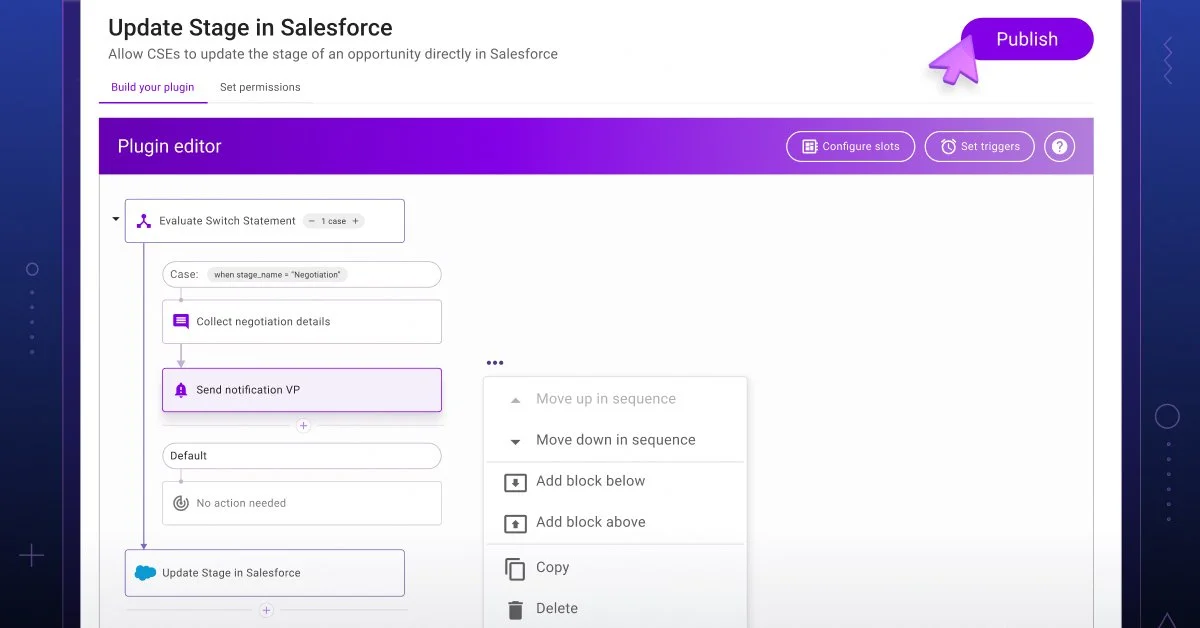- Text 1
How does low-code work?
Low-code is a user-friendly solution for building tech tools, including websites and applications, without extensive coding expertise. It simplifies the development process using visual interfaces, drag-and-drop elements, and pre-built components.
For instance, if you want to create a website without coding, you can use a low-code platform. You describe your vision, and the platform generates the necessary code based on your input, which you can integrate into your project with ease.
Low-code bridges the gap between coding and non-coding users, making tech development accessible to a wider audience. While it streamlines development, some adjustments or debugging may still be required for flawless functionality.
Why is low-code important?
Low-code democratizes technology, making software development accessible to a broader audience. It eliminates the need for extensive coding expertise, enabling individuals from various backgrounds to create tech solutions, from websites to applications. This accessibility promotes innovation and problem-solving across industries.
Furthermore, low-code accelerates the development process. It reduces the time and resources required to build and deploy software, making it more cost-effective. This speed is crucial in today's fast-paced business environment, allowing organizations to stay competitive and responsive to market demands.
Low-code also enhances collaboration between technical and non-technical teams. Business users can actively participate in software development, translating their domain knowledge into functional tools. This synergy fosters a culture of innovation and agility within companies.
Why low-code matters for companies
Low-code offers a strategic advantage in a technology-driven world. By reducing the barriers to software development, it empowers organizations to swiftly respond to evolving customer needs and market trends.
One of the key benefits is agility. Low-code platforms enable rapid development and deployment of applications and systems, ensuring companies can quickly adapt to changing business landscapes. This agility is particularly valuable in industries where time-to-market is critical.
Cost-effectiveness is another factor. Low-code reduces development costs, allowing companies to allocate resources more efficiently. It also maximizes the value of existing IT investments by facilitating seamless integration with legacy systems.


